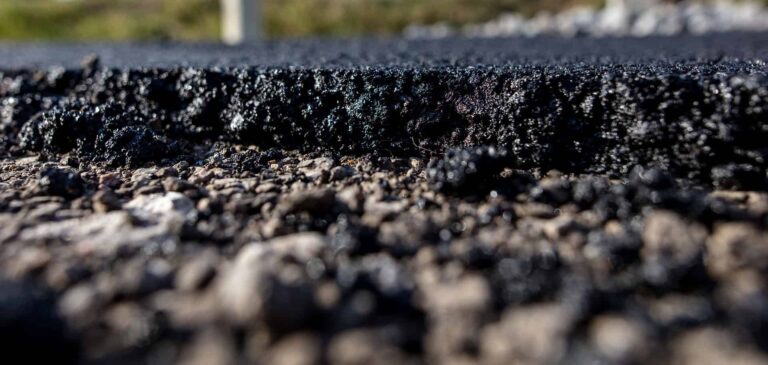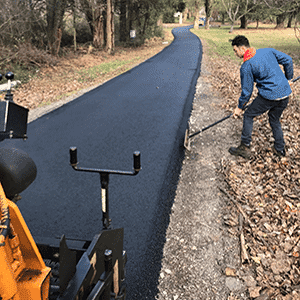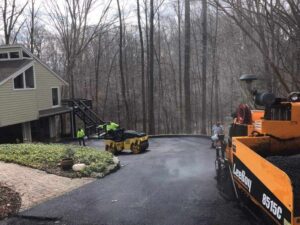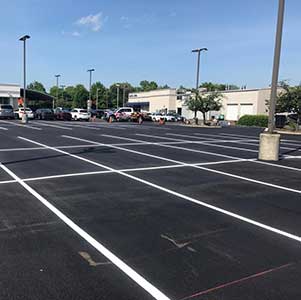As winter sets in, asphalt surfaces face some of their toughest challenges. From freeze-thaw cycles to heavy snow and ice, the season can wreak havoc on your pavement if not properly maintained. Implementing a winter maintenance plan is crucial to protect your investment and ensure your asphalt surfaces remain safe and functional throughout the cold months.
The Impact of Winter on Asphalt
Asphalt is durable but not immune to the stresses of winter weather. Moisture can seep into small cracks and crevices. When temperatures drop, the water freezes and expands, causing cracks to widen and potentially leading to potholes. De-icing chemicals, snow removal equipment, and repeated freeze-thaw cycles can exacerbate these issues.
- Proactive Maintenance Tips
Taking a proactive approach to winter maintenance can prevent costly repairs and extend the lifespan of your asphalt. Here’s how:
- Address Cracks and Damage Before Winter
Repairing cracks and potholes in the fall is one of the best ways to prepare for winter. Filling cracks prevent water from penetrating the surface and freezing, which could worsen existing damage.
- Apply Sealcoating
Sealcoating is a protective barrier, shielding asphalt from moisture, chemicals, and UV rays. While sealcoating is best done before winter, if you missed this step, plan to address it in the spring to prepare for the next season.
- Keep the Surface Clear of Snow and Ice
Regular snow removal is essential for asphalt maintenance. Use a snowplow with a rubber blade to avoid scratching the surface. A plastic shovel is a safer choice for smaller areas than a metal one.
- Use De-icing Agents Wisely
While salt is effective for melting ice, it can be harsh on asphalt over time. Opt for less abrasive alternatives like calcium, magnesium, acetate, or potassium chloride. If you use salt, ensure it is applied sparingly and evenly.
- Regular Inspections
Winter weather can quickly deteriorate asphalt, so inspecting your pavement regularly is essential. Look for:
- New cracks or widening of existing ones.
- Pooling water, which can lead to ice formation.
- Potholes or other structural damage.
Early detection allows quick repairs, reducing the risk of more significant issues.
- Plan for Spring Repairs
Despite your best efforts, some winter wear and tear is inevitable. As temperatures rise, schedule a professional inspection to address any damage that occurred during the season. Pothole repair, crack sealing, and resurfacing may be necessary to restore your asphalt to its former glory.
- Why Winter Maintenance Matters
Proper winter maintenance extends the life of asphalt and ensures safety for pedestrians and vehicles. Preventing cracks, potholes, and ice build-up reduces the risk of accidents and liability issues.
With a proactive approach to maintenance, you can keep your surfaces in top condition. By addressing minor problems before they escalate and following best practices for snow and ice management, you’ll protect your investment and enjoy durable, safe pavement for years to come.
Do you need professional help with asphalt maintenance or repairs? Contact us today to ensure your asphalt surfaces are ready to withstand the winter!







